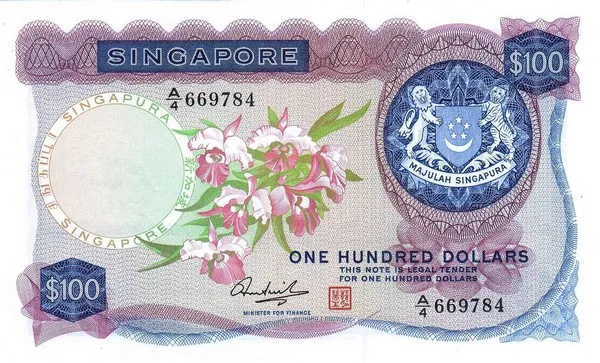The global economy is an intricate web of currencies, constantly in flux due to various economic factors. For individuals and businesses engaged in international transactions, understanding exchange rates is paramount. In this article, we delve into the specifics of the current exchange rate between the Singapore Dollar (SGD) and the Philippine Peso (PHP), focusing on the conversion of 10 Singapore Dollars to pesos. By examining the economic landscape, historical trends, and key influencing factors, we aim to provide a comprehensive and insightful analysis.
Understanding Exchange Rates
Exchange rates represent the value of one currency in terms of another. They fluctuate based on supply and demand dynamics, geopolitical events, economic indicators, and market sentiment. For those dealing with currencies like SGD and PHP, staying informed about exchange rates is crucial for making informed financial decisions.
Current Exchange Rate: SGD to PHP
As of latest data, the exchange rate between the Singapore Dollar (SGD) and the Philippine Peso (PHP) is 12.61. At the current exchange rate, 10 Singapore dollars can be exchanged for 126.1 Philippine pesos. It is important to note that exchange rates are dynamic and can change rapidly due to market forces. This article provides a snapshot of current exchange rates, but readers should check live data for the latest information.
Factors Influencing Exchange Rates
Economic Indicators:
Economic indicators play a pivotal role in determining exchange rates. Factors such as GDP growth, inflation rates, and employment figures can impact a country’s currency value. Analyzing the economic health of both Singapore and the Philippines provides insights into the current exchange rate.
Interest Rates:
Central banks influence exchange rates through their monetary policies, particularly interest rates. A higher interest rate in one country relative to another can attract foreign capital, affecting the demand for and value of the currency.
Political Stability:
Political stability is a crucial factor influencing investor confidence and currency values. A politically stable environment is more likely to attract foreign investments, positively impacting the currency.
Trade Balances:
The balance of trade between two countries affects their currencies. A surplus in trade, where a country exports more than it imports, can strengthen its currency, while a deficit may weaken it.
Market Sentiment:
Investor perception and sentiment play a significant role in currency movements. Global events, geopolitical tensions, and economic uncertainties can influence market sentiment, leading to changes in exchange rates.
Historical Trends
Examining historical exchange rate trends provides valuable insights into potential future movements. By reviewing the historical performance of the SGD to PHP exchange rate, we can identify patterns and better understand the factors that have influenced its fluctuations over time.
Potential Impacts on Individuals and Businesses
For Travelers:
Individuals planning to travel from Singapore to the Philippines or vice versa need to consider the current exchange rate. Understanding how far their money will go in terms of the local currency is essential for budgeting and financial planning.
For Businesses:
Businesses engaged in international trade must closely monitor exchange rates. Fluctuations can impact the cost of imports and exports, affecting profit margins and overall competitiveness. Implementing effective risk management strategies is crucial for mitigating currency-related risks.
For Investors:
Investors with holdings in either SGD or PHP, or those considering cross-border investments, should factor in exchange rate movements. Currency fluctuations can influence the overall return on investment and portfolio performance.
Strategies for Managing Currency Risk
Forward Contracts:
Businesses can use forward contracts to lock in a specific exchange rate for a future date, providing certainty in international transactions and protecting against adverse currency movements.
See Also:Current SGD Exchange Rate: What Is 200,000 SGD to GBP?
Diversification:
Investors can mitigate currency risk by diversifying their portfolios across various currencies. This strategy helps spread risk and reduces the impact of adverse movements in any single currency.
Hedging Instruments:
Financial instruments such as currency options and futures can be employed to hedge against currency risk. These instruments provide a way to limit exposure to unfavorable exchange rate movements.
Conclusion
In the ever-changing landscape of global finance, understanding exchange rates is essential for individuals, businesses, and investors alike. The current exchange rate of 10 Singapore Dollars to Philippine Pesos reflects the intricate interplay of economic, political, and market factors. By staying informed about these influences and implementing appropriate risk management strategies, stakeholders can navigate the complex world of currency exchange with confidence. As we continue to observe and analyze the dynamics of the SGD to PHP exchange rate, it becomes clear that a proactive and informed approach is crucial in managing the impact on financial decisions and outcomes.
Related Topics:
Current SGD Exchange Rate: What Is 400 SGD to GBP?
Current SGD Exchange Rate: What Is 40 SGD to GBP?
Current SGD Exchange Rate: What Is 300 SGD to GBP?

























